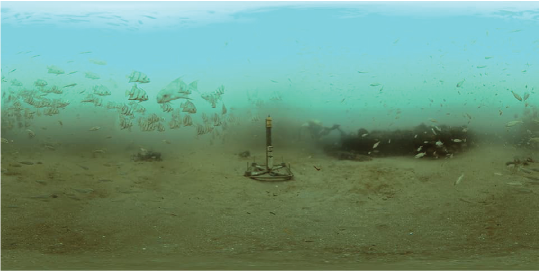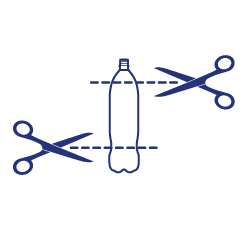Hydrophone Background

A hydrophone is an underwater device that detects and records ocean sounds from all directions. People often think that the underwater world is silent. In fact, numerous marine organisms use sound for communication, reproduction, and to seek prey. The hydrophone pictured here is located within Gray’s Reef National Marine Sanctuary in Georgia. This is one of four locations where hydrophones are used to collect soundscape data within the National Marine Sanctuary system. Just as a microphone collects sound in the air, a hydrophone detects acoustic signals under the water. Most hydrophones are based on a special property of certain ceramics that produces a small electrical current when subjected to changes in underwater pressure. When submerged in the ocean, a ceramic hydrophone produces small-voltage signals over a wide range of frequencies as it is exposed to underwater sounds emanating from any direction. By amplifying and recording these electrical signals, hydrophones measure ocean sounds with great precision. While a single hydrophone can record sounds from any direction, several hydrophones simultaneously positioned in an array, often thousands of miles apart, result in signals that can be manipulated to “listen” with greater sensitivity than a single device. Omni-directional and hemi-directional hydrophones pick up sound from a particular direction and can be used to track fish movements.1
1 NOAA. What is a hydrophone? National Ocean Service website, https://oceanservice.noaa.gov/facts/hydrophone.html, 6/6/24
Hydrophone Activity
Click on the arrows to the right to toggle the next set of directions. When finished, click the next step of the directions.
Ensign Step 1
Read the background information for this activity. Organize your work station with all of your materials.
Lieutenant Junior Grade Step 2
Cut the top and the bottom off a bottle.

Lieutenant Step 3
Next cut the first balloon so that it looks like a shower cap.

Lieutenant Commander Step 4
a) Stretch that over the top of the bottle, it should be tight like a drum. It needs to be this tight because the vibration it picks up is what our ear will hear.
b) Repeat step 3 with the other end of the bottle and second balloon.

Commander Step 5
a) Place one spoon in the water and uses the other spoon to hit this first spoon while it is underwater listen to the sound it makes.
b) Place on end of the hydrophone in the water and the other against your ear.
c) Try clanking the spoons together again.

